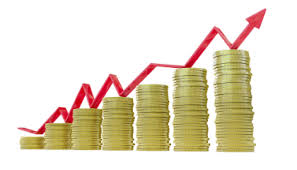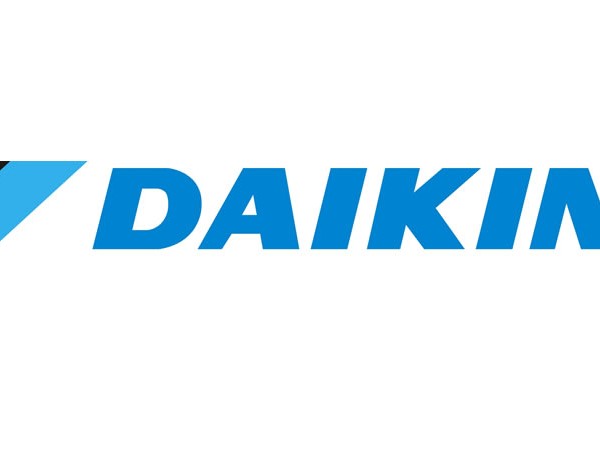USA’s Most Energy-Efficient Cities
USA – The 2nd edition of the City Energy Efficiency Scorecard has been released by the American Council for an Energy-Efficient Economy (ACEEE).
ACEEE’s 2015 City Energy Efficiency Scorecard measures, records and compares the actions cities can take to enable or improve energy efficiency. The report’s metrics are based on policy actions which can be implemented or influenced by local governments and which attempt to reflect the policies being undertaken by the cities. In the report, a city is defined as being the area within the political borders where a local government has direct policy authority. 51 cities were compared in this edition of the Scorecard, an increase of 17 from the 2013 edition of the report.
The report’s metrics measure the policies and programs put in place by a city to achieve one or more of the following: directly reduce end-use energy consumption; accelerate the adoption of the most energy-efficient technologies; provide funding for energy efficiency programs; set long-term commitments to energy efficiency; establish or enforce building performance codes or standards; reduce market, regulatory, and information barriers to energy efficiency.
The ACEEE report finds that Boston has conserved its rank as the most energy-efficient city in the US, obtaining a score of 82 from a possible 100 points, which is more than a five point increase on its 2013 score. Following in on Boston’s heels, the top 10 US cities for energy efficiency are as follows: New York City (#2), Washington, DC (#3), San Francisco (#4), Seattle (#5), Chicago (#6), Minneapolis (#7), Portland (#8), Austin (#9), and Denver (#10). Nine of the top 10 cities managed to improve their scores from 2013, creating greater competition for Boston in the race for the top spot.
According to the report, Washington, Los Angeles, Chicago, Minneapolis, and Seattle have made the greatest strides compared to the 2013 City Scorecard, with many of these cities showing double-digit improvements in their scores. Los Angeles’ success, for example, was in large part due to establishing a strong energy savings goal while Chicago scored higher after enacting a new commercial building benchmarking ordinance.
Many other cities have also raised their game since the last edition, including several in the Southeast United States. Atlanta improved its ratings by 5 points, gaining new points for local government operations, buildings policies, energy and water utilities, and transportation policies. Charlotte also put in a stronger showing this year, increasing its score by nearly 8 points. Jacksonville, which had been the lowest scoring city in the 2013 edition, managed to turn its position around and recorded a 50 percent increase in its score.
Despite the better performances this year, there is still work to be done as all of the ranked cities, even the highest scorers, have significant room for improvement. Boston is so far the only city to score over 80 points, while only 13 cities have managed to break the 50 point mark.
ACEEE research analyst David Ribeiro, the lead report author, had this to say:
“Our findings show that cities continue to be laboratories of innovation when it comes to energy efficiency, with many pushing the envelope for more energy savings in the last few years. Cities are also improving their approaches when it comes to tracking and communicating their efforts to save energy. By capturing these efforts in the Scorecard we hope local leaders from cities of all sizes can learn best practices from each other and deliver the benefits of energy efficiency to their communities, such as a stronger economy and a cleaner environment.”
Martin J. Walsh, the mayor of the top ranked city,Boston, said:
“It is an honor Boston has been recognized as America’s most energy-efficient city. Our goal is to help Boston residents and businesses save energy and money, and through collaborative efforts with our utility partners, Eversource and National Grid, we are creating a thriving, healthy, and innovative Boston. I look forward to continuing these efforts for both our environment and residents.”
Muriel Bowser, mayor of the District of Columbia commented:
“Being recognized as one of the top three most improved cities in ACEEE’s City Energy Efficiency Scorecard shows that DC’s environmental policies are paying off. In the District, we know that being energy efficient is one of the most cost-effective ways to achieve our ambitious energy goals, cut carbon pollution, and create good paying jobs that put more residents on a pathway to the middle class. Simply put, energy efficiency is good for people, our communities, and the planet. The District of Columbia is thrilled to see our commitment to the triple bottom line highlighted by ACEEE.”
Eric Garcetti, mayor of Los Angeles declared:
“I’m pleased to see that Los Angeles is one of the most-improved cities in the City Scorecard, with an increase of 20 points from last year. With the release of my Sustainable City pLAn and new bold goals for energy efficiency, transportation, and municipal operations, I am confident LA is on its way to the top of the list.”
Kasim Reed, mayor of Atlanta stated:
“The City of Atlanta and its stakeholders are fully invested in making Atlanta a top-tier city for sustainability, and our ranking in the City Energy Efficiency Scorecard recognizes our achievements. Just recently, Atlanta became the first city in the Southeast to adopt a comprehensive energy policy that aims to significantly reduce citywide commercial energy use. Tailor-made for Atlanta, the ordinance is expected to spur the creation of more than 1,000 jobs a year in the first few years, as well as drive a 20% reduction in commercial energy consumption and reduce the city’s carbon emissions by 50% in 2030.”














